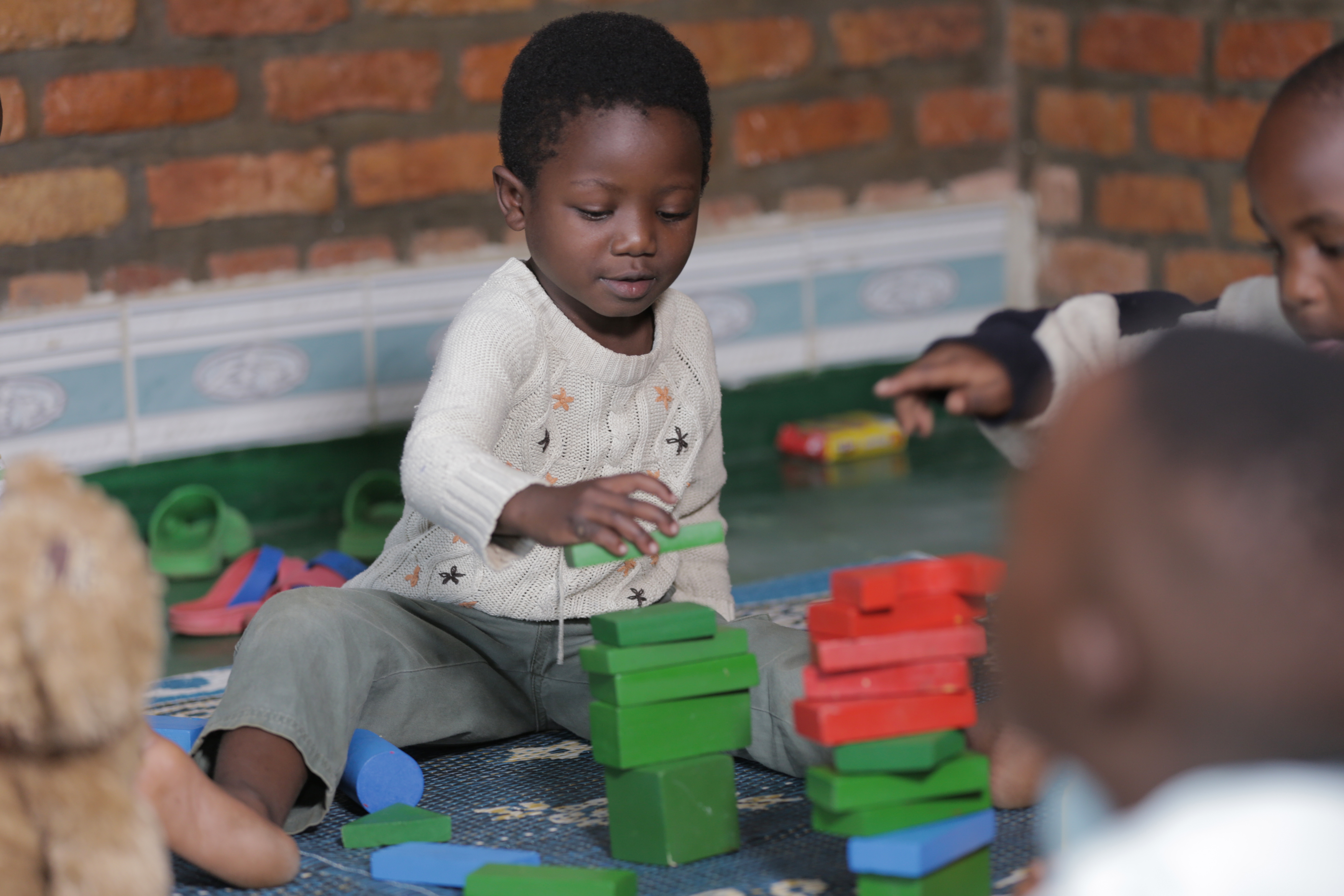Development status
The development status of children varies widely among countries
Early childhood development is multidimensional, encompassing several aspects of a child’s well-being: physical, social, emotional and mental. Healthy development generally takes place in a series of predictable and common stages: As they grow older and their brain matures, children learn increasingly complex skills and become progressively more independent. However, children can develop at different paces and may reach developmental milestones at different times. What is considered normal child development also varies across cultures and environments, since expectations and parenting strategies may differ not only among countries but also among cultural, ethnic or religious groups within the same country.
Despite variations in the pace at which individual children develop, and the cultural and contextual differences in terms of parenting and early education practices, all children benefit from adequate and enriching environments in which they can survive, thrive and develop to their fullest potential. The Convention on the Rights of the Child clearly highlights the importance of early child development, stating that a child has a right to develop to “the maximum extent possible” (article 6), and that “States Parties recognize the right of every child to a standard of living adequate for the child’s physical, mental, spiritual, moral and social development” (article 27).
Measuring children’s development is a complex undertaking. In order to capture information on children’s achievement of some universal developmental milestones across countries, UNICEF along with a technical advisory group developed, within the context of the Multiple Indicator Cluster Surveys (MICS), a set of specific questions posed to mothers/caregivers to measure the overall developmental status of children within the domains of physical, literacy-numeracy, social-emotional and learning. This 10-item index – the Early Childhood Development Index, or ECDI – was added to the MICS beginning in 2009, and has since been used in over 70 countries. For more information about how the MICS ECDI was developed, please see here.
The importance of ECD as a necessary and central component of global and national development has been recognized by the international community through the inclusion of a dedicated target (4.2) and indicator (4.2.1) within the Sustainable Development Goals (SDGs). Since the adoption of the SDGs, the ECDI has been used as the measure of a proxy indicator for global reporting on 4.2.1. However, UNICEF, as custodian agency of 4.2.1, was tasked with leading methodological work to develop a new universal methodology and measure of early childhood development outcomes better aligned with the indicator definition for 4.2.1. More information on this new measure, the ECDI2030, can be found here.
Status of early childhood development as measured by the MICS ECDI
In the majority of countries and areas with available data, more than half of children between the ages of 3 and 4 are developmentally on track in three of the following four domains: literacy-numeracy, physical development, social-emotional development and learning. However, the proportion of children who are developmentally on track overall varies widely across countries, from 36 per cent in Central African Republic to 97 per cent in Serbia.
Early childhood development – development status
Build and download your own customisable dataset
Resources



